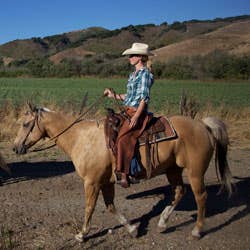
Behind the Scenes: Photographing Rancho San Julián for Issue #152
SAVEUR contributing photographer Penny De Los Santos traveled to California's Central Valley along with contributing editor Georgia Freedman to photograph Rancho San Julian for Georgia's article, California Eternal for our December 2012 issue. With the photographs in this gallery, Penny describes her process for capturing the life and food of the Poett family on the ranch. While on assignment, Penny's philosophy is to "try to let people live their lives, and I make sure I'm there to capture it." For more on shooting this story, read Penny's behind the scenes account »
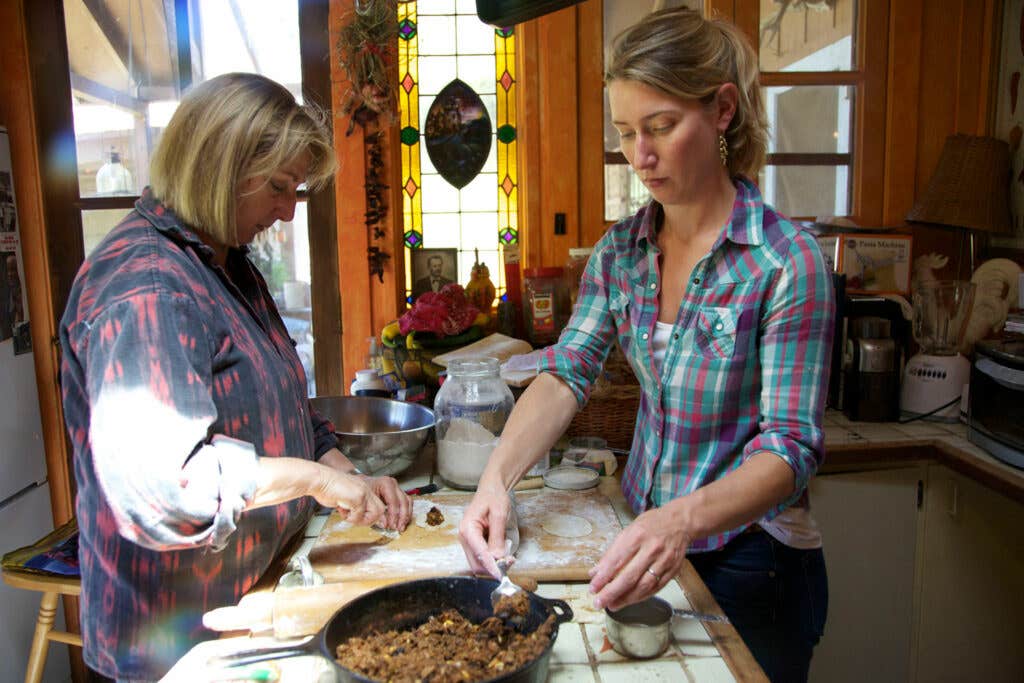
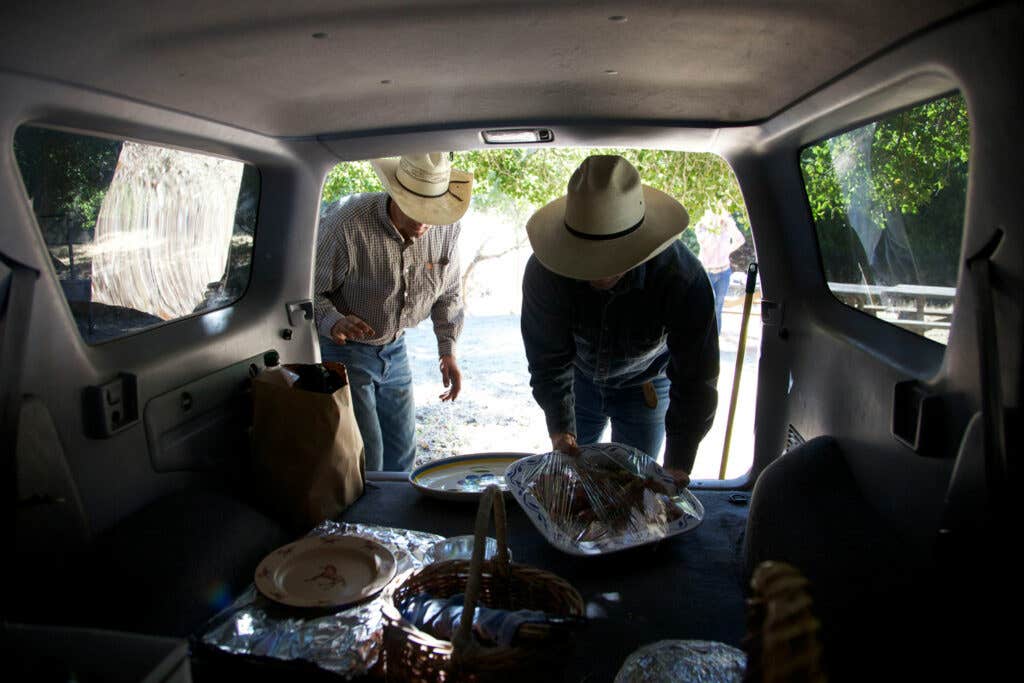
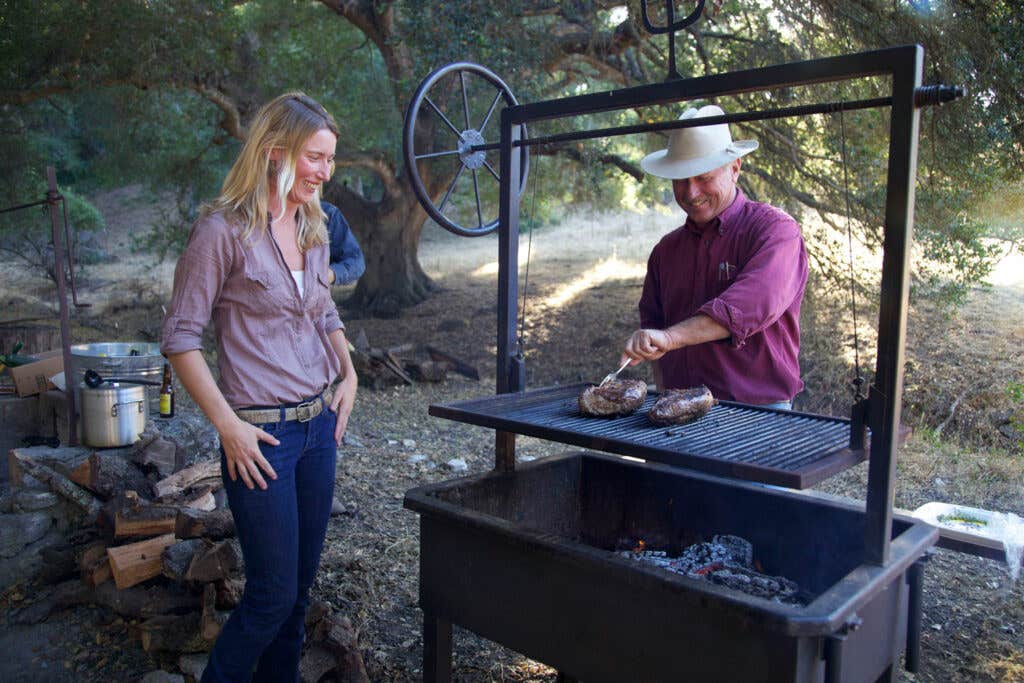
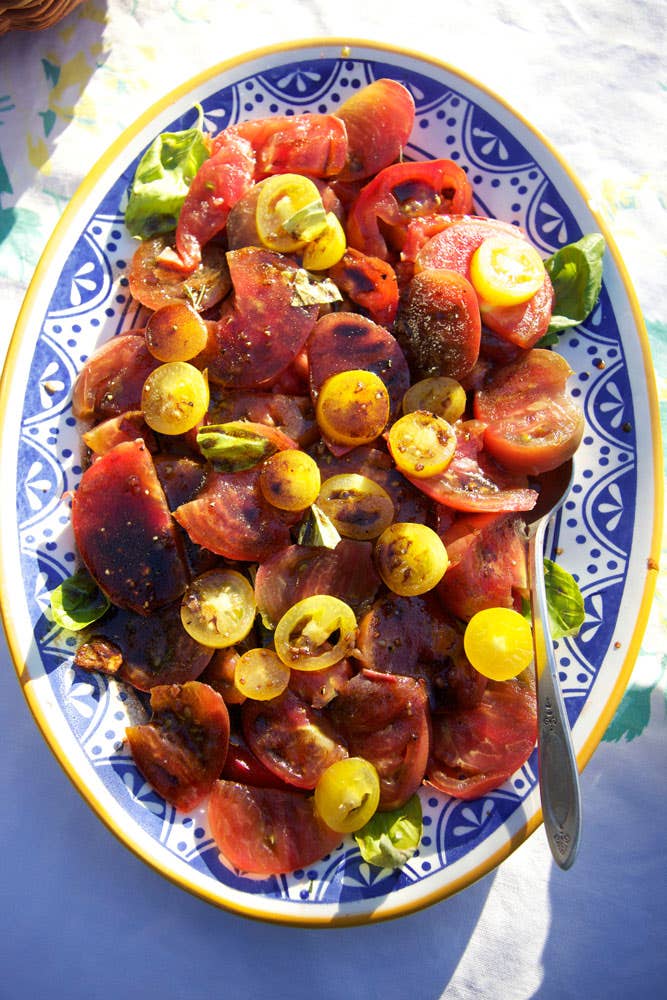
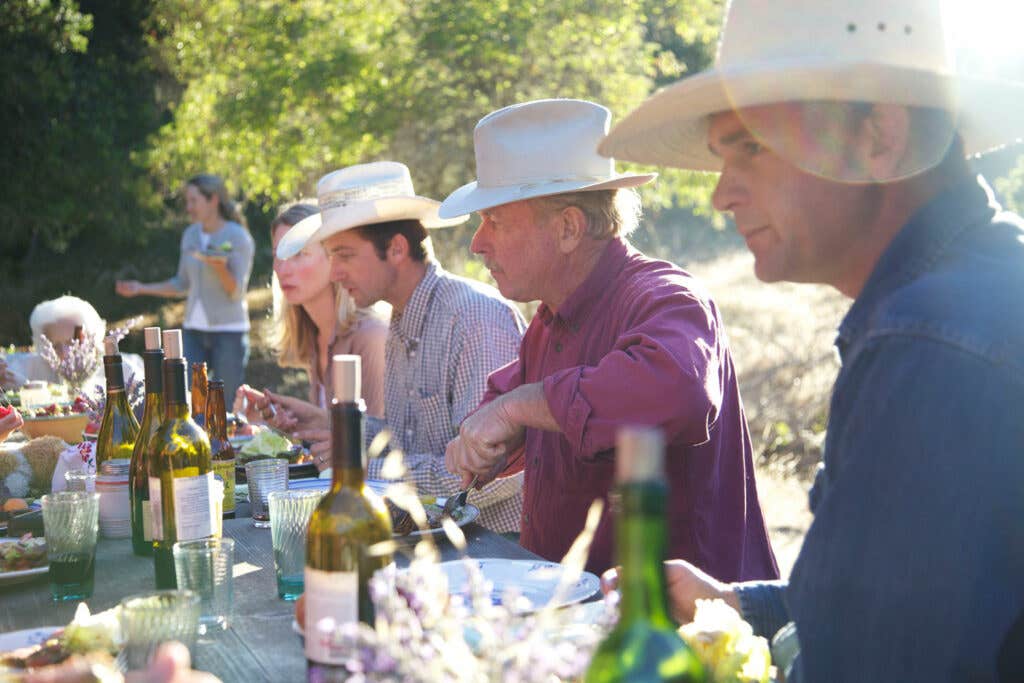
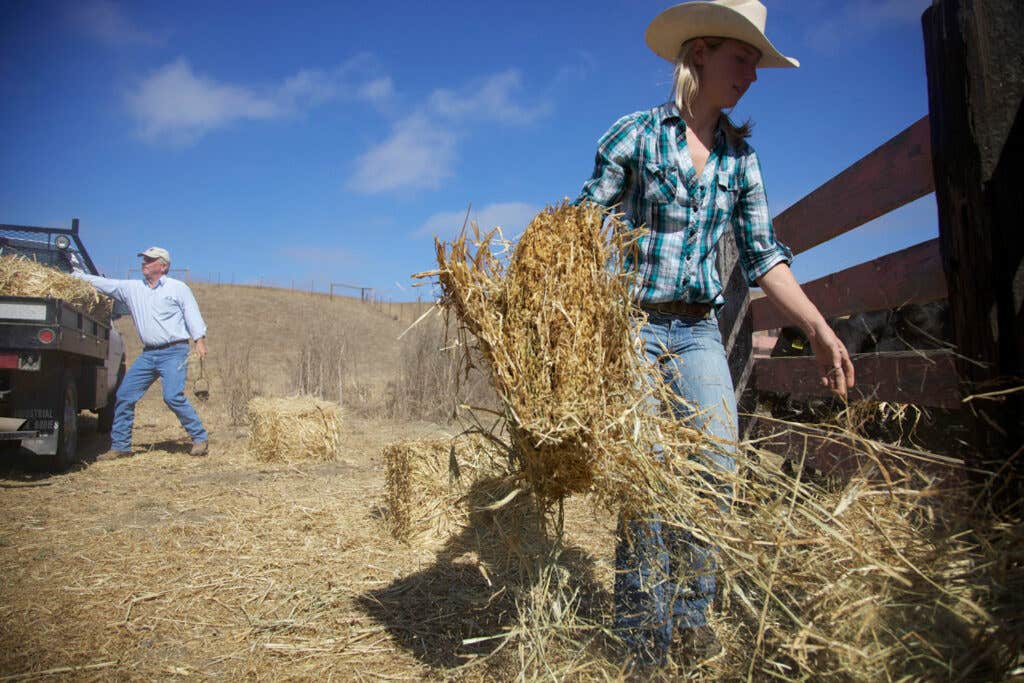
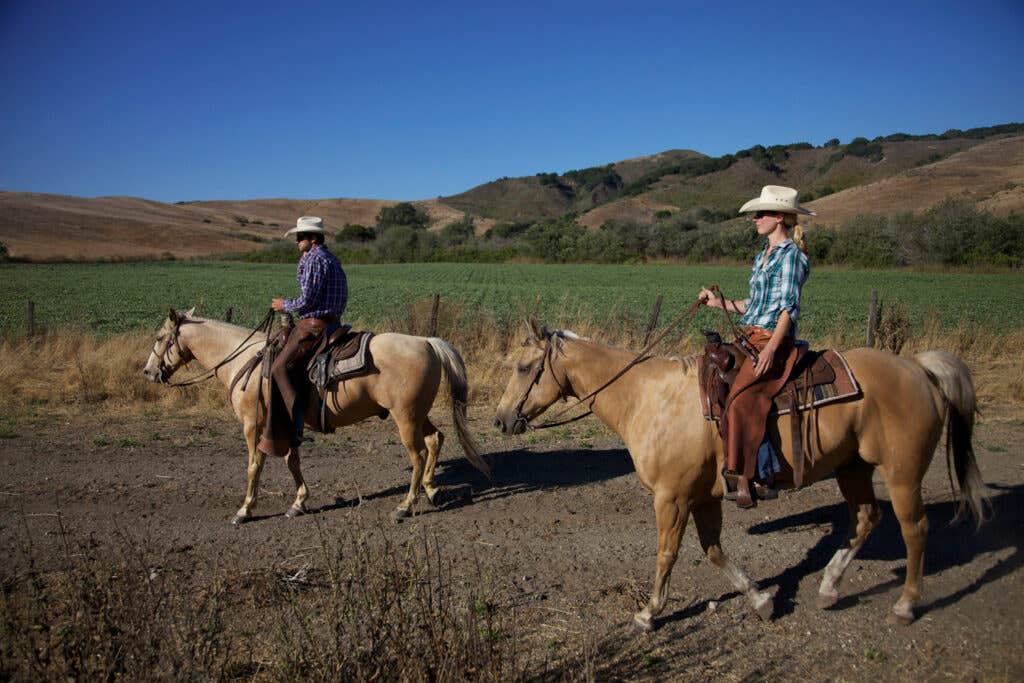
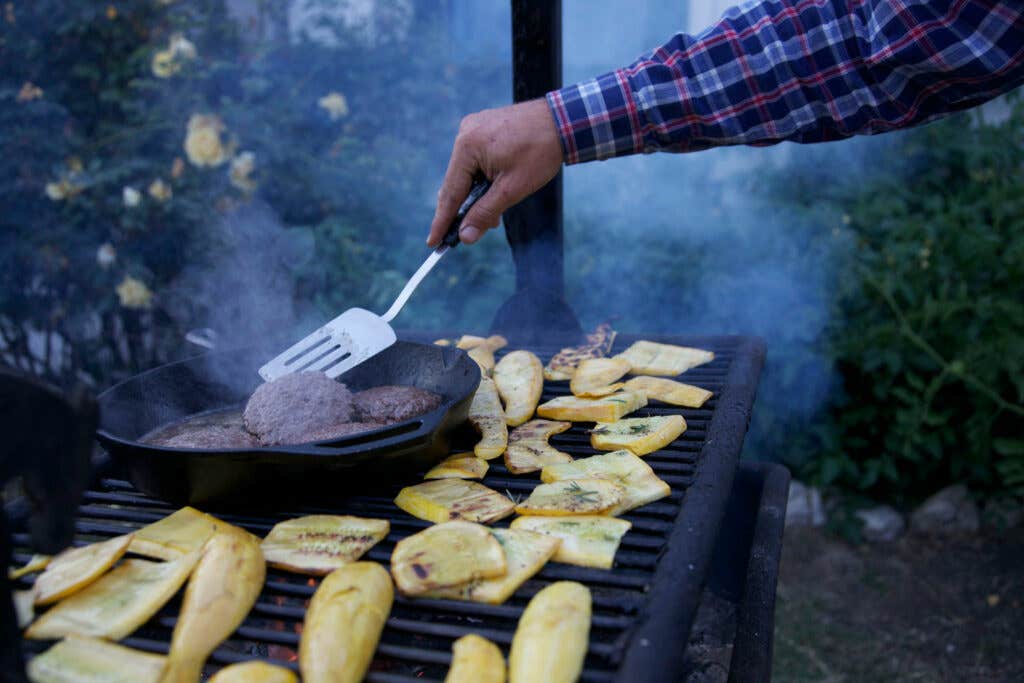
Keep Reading
Continue to Next Story










